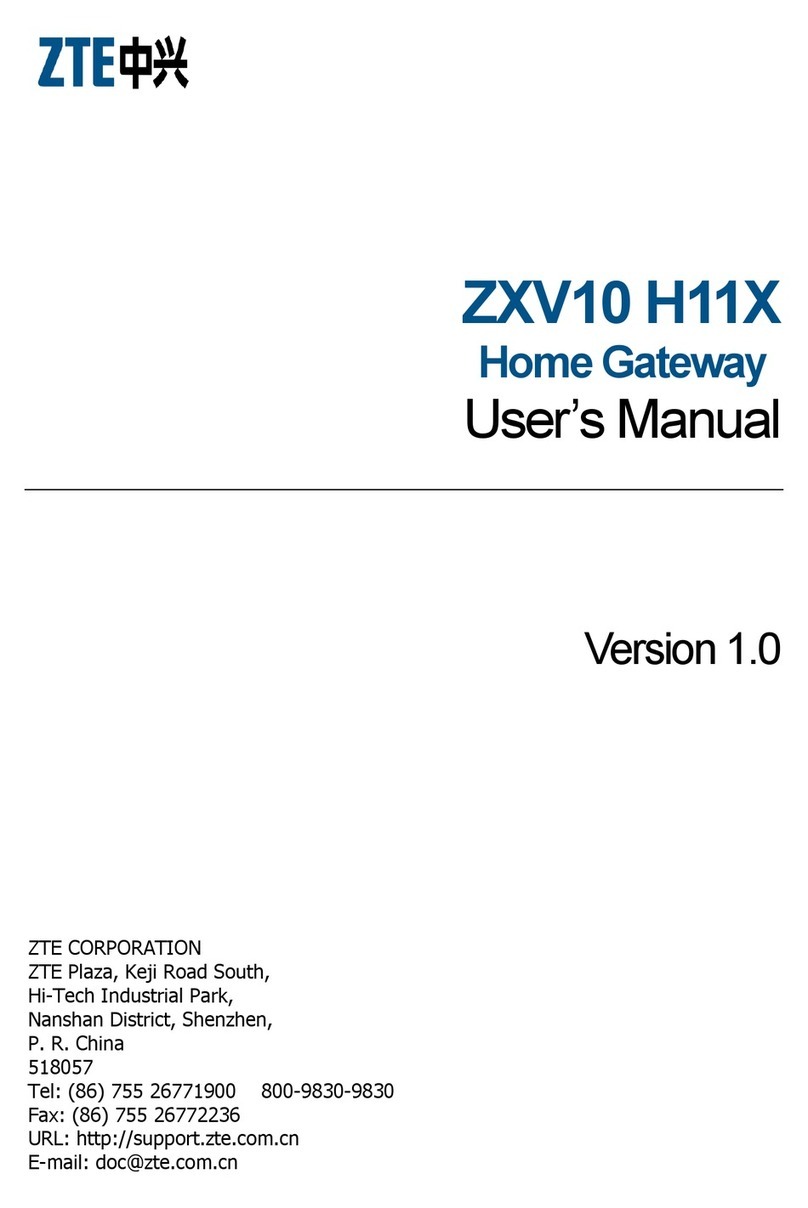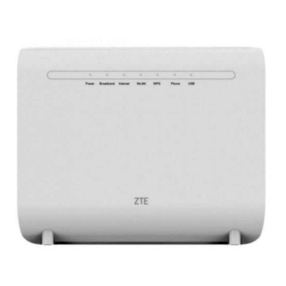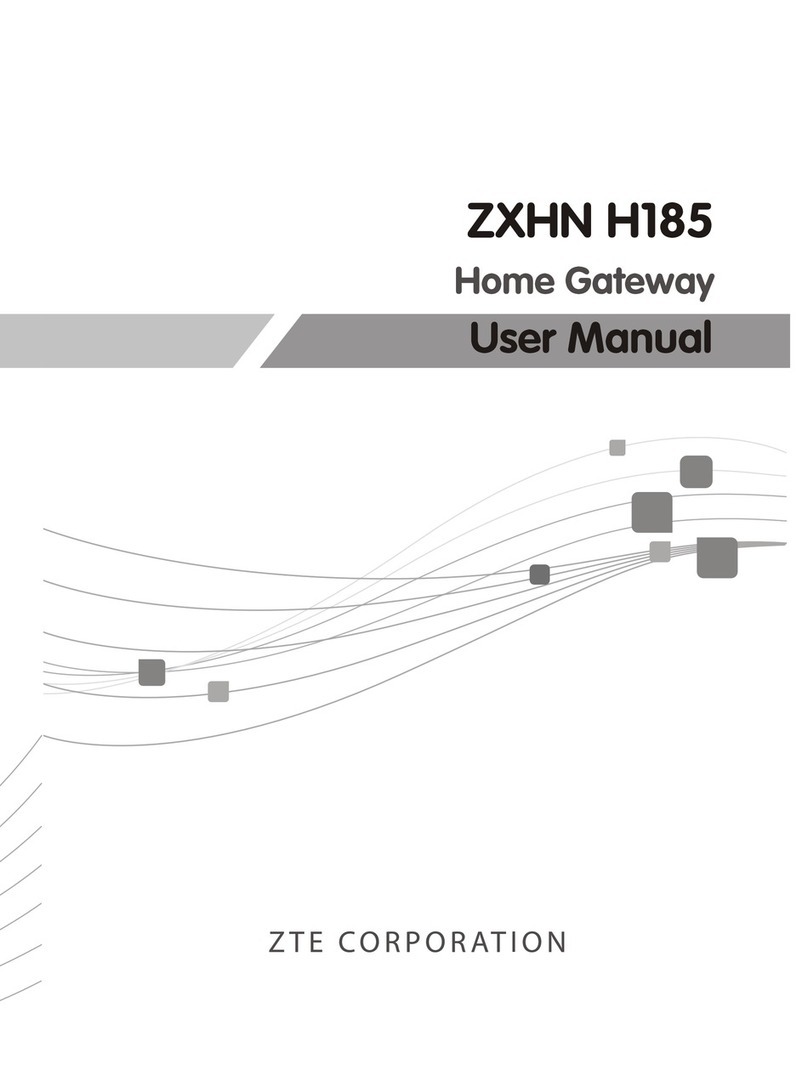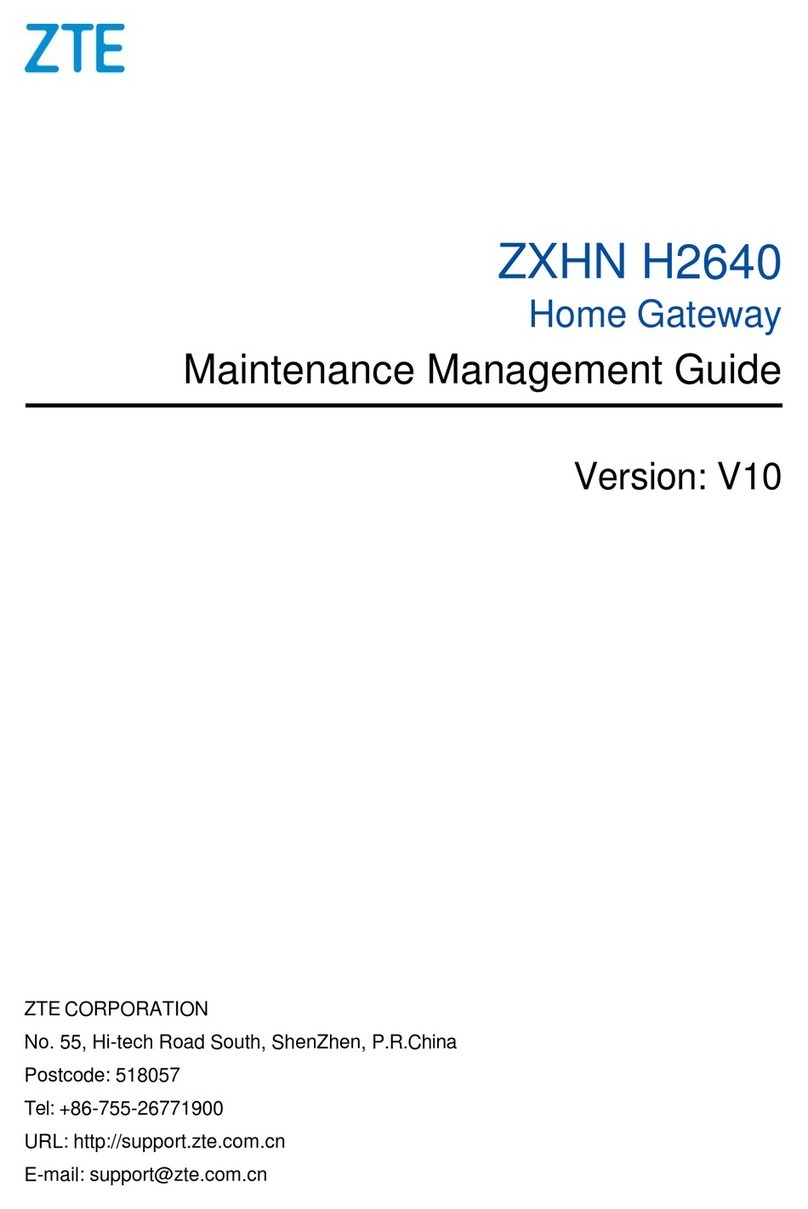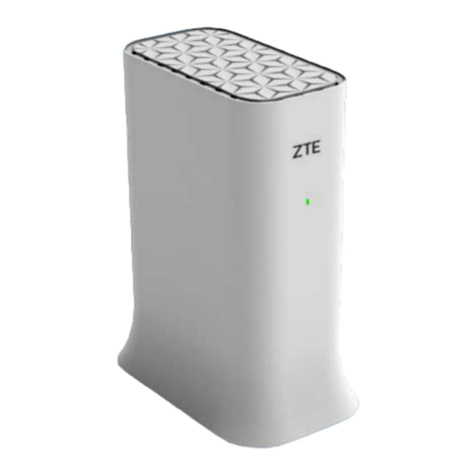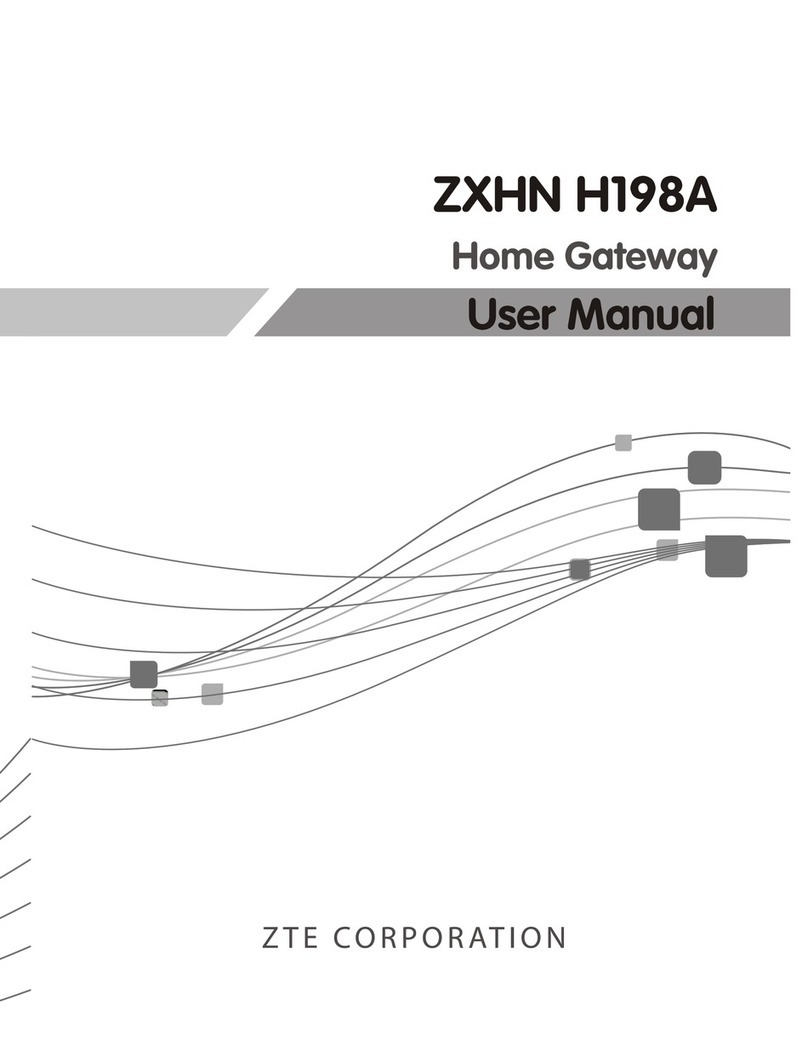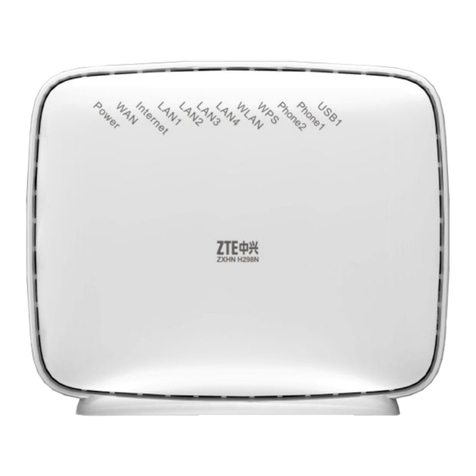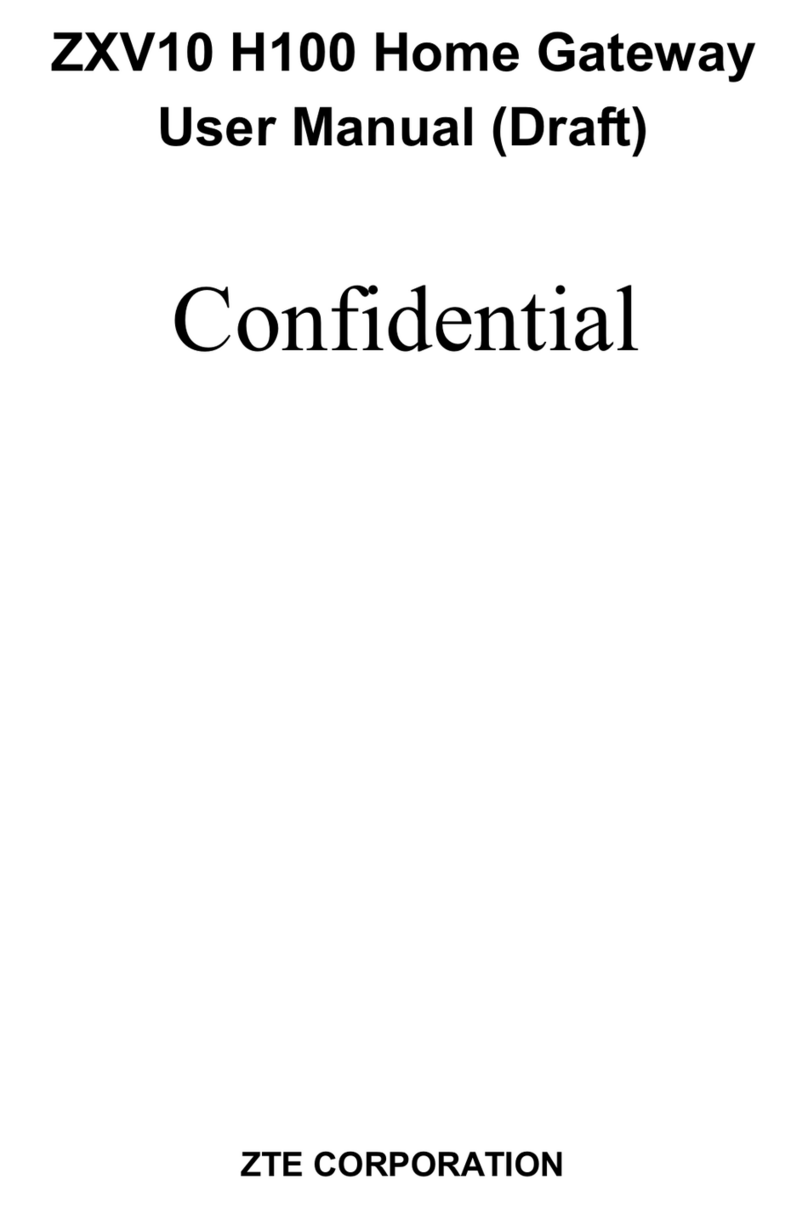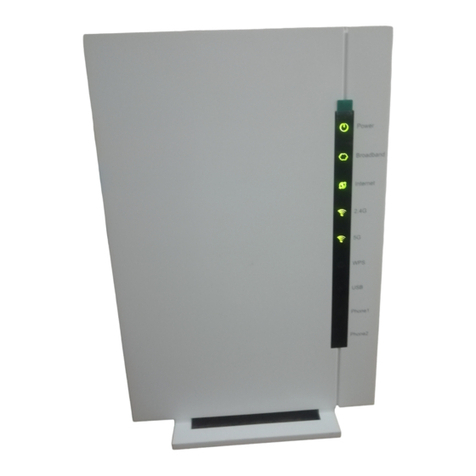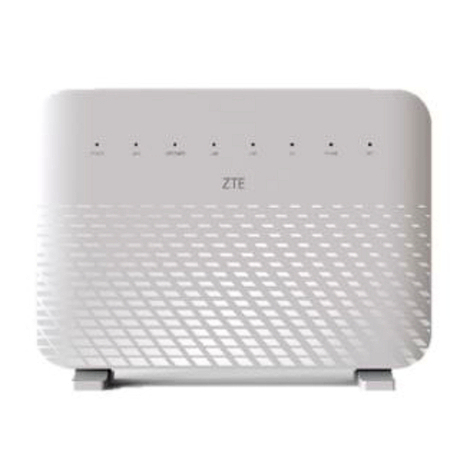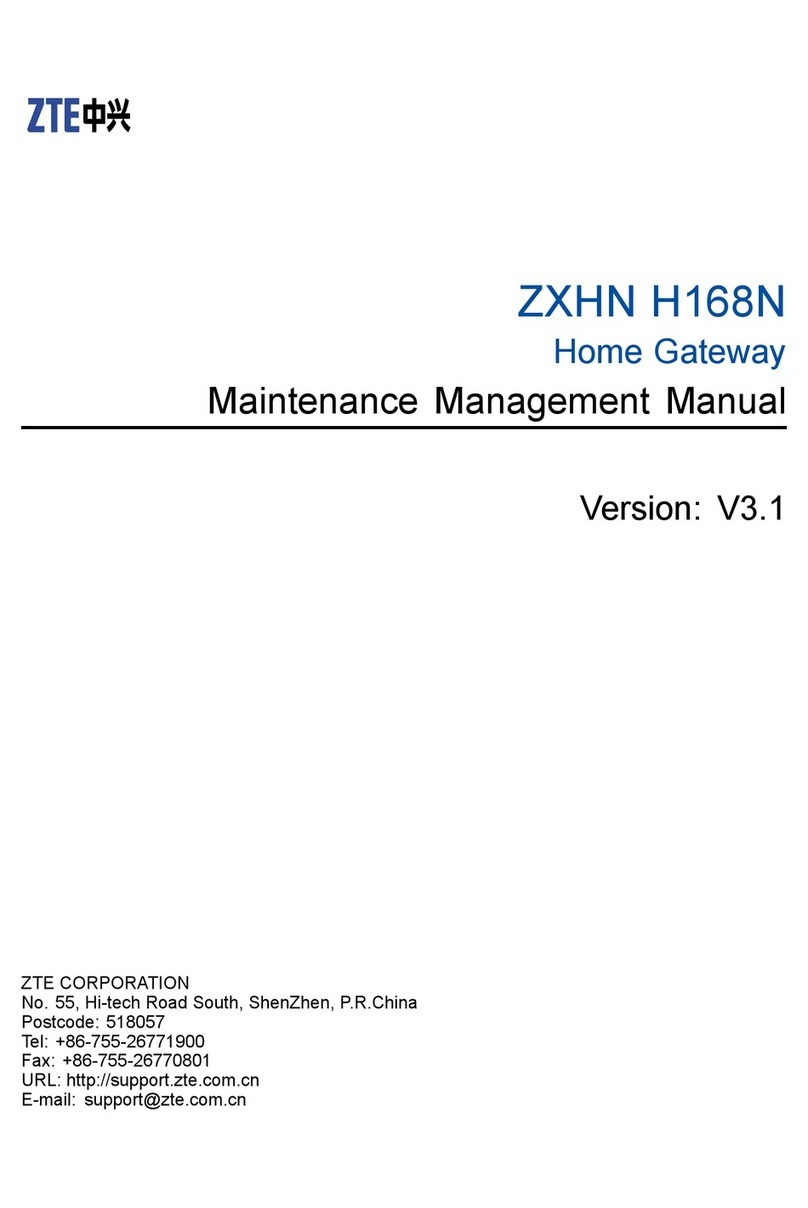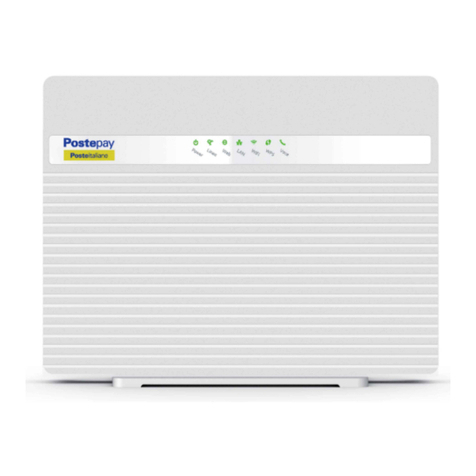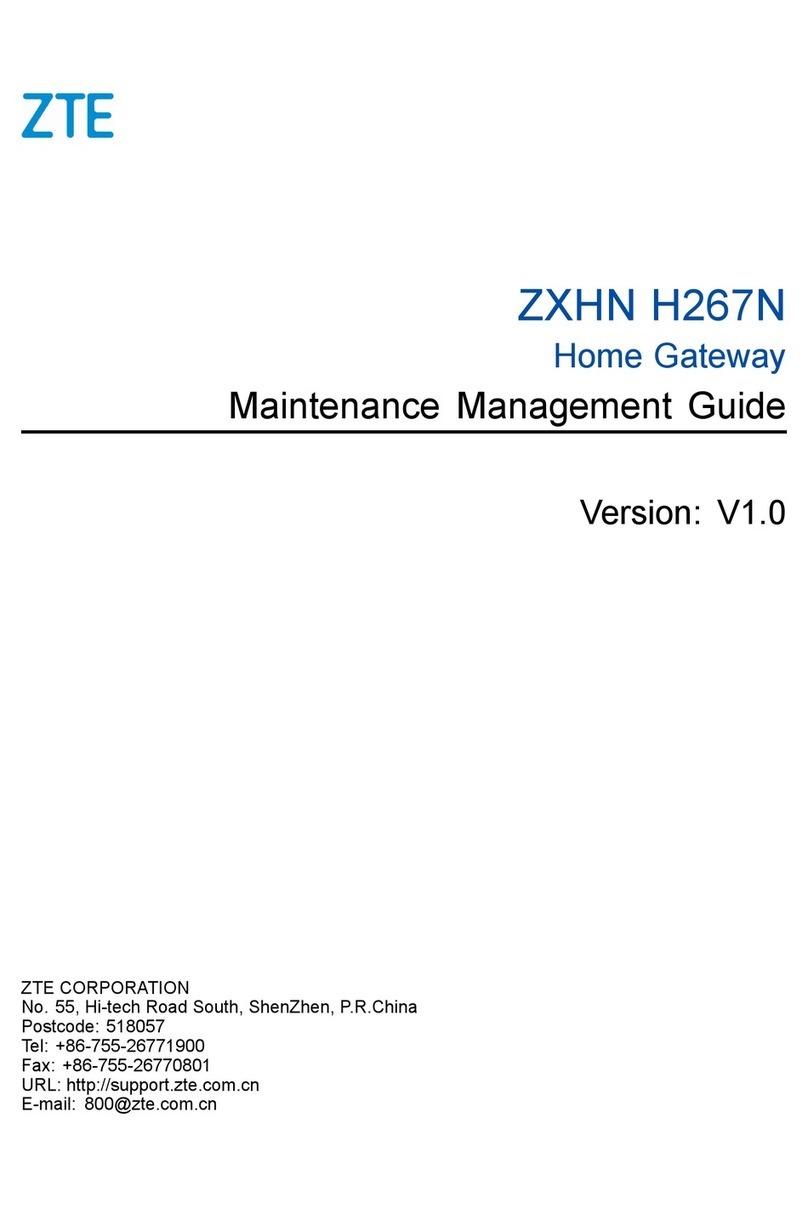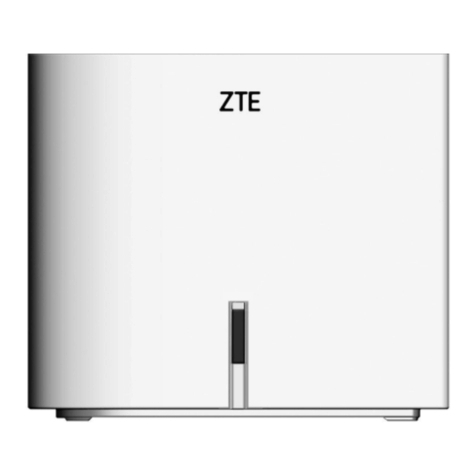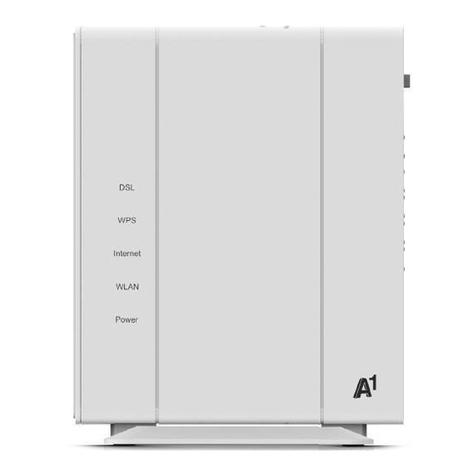
Processing Capabilities ........................................................................................................27
Reliability...........................................................................................................................27
IP Telephone Voice Performance ......................................................................... 28
IP Codes ............................................................................................................................28
Coding Rate .......................................................................................................................28
Objective Evaluation on Voice..............................................................................................28
Subjective Evaluation on Voice ............................................................................................28
Delay Indices .....................................................................................................................28
Service Functionalities .......................................................................................29
Service Provision Modes......................................................................................................29
Available Services...............................................................................................................29
Chapter 4..................................................................................31
Hardware Structure................................................................................31
Overview.........................................................................................................31
Structure Layout Diagram.................................................................................. 32
Board Overview................................................................................................ 33
Integrated Control & Switch Board (ICS ..............................................................................33
Packet Processing and Resource Board (MPR .......................................................................35
Analog Line Card (ALC .......................................................................................................37
ADSL Subscriber Card (ADLG .............................................................................................38
Test Subscriber Line Card (TSLC .........................................................................................40
POWER H...........................................................................................................................41
Chapter 5..................................................................................45
Software Structure .................................................................................45
Overview.........................................................................................................45
Software Structure............................................................................................ 45
O&M Provision....................................................................................................................46
Database System ...............................................................................................................47
Operation Support System..................................................................................................49
Bearer System ...................................................................................................................52
Call Connection System.......................................................................................................52
H.248 System....................................................................................................................54
Chapter 6..................................................................................57
Interface and Communication................................................................57
Interfaces ........................................................................................................57
Subscriber Side Interfaces...................................................................................................57
